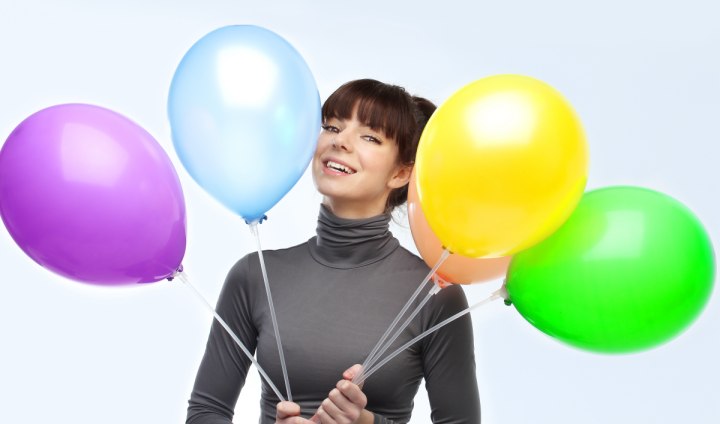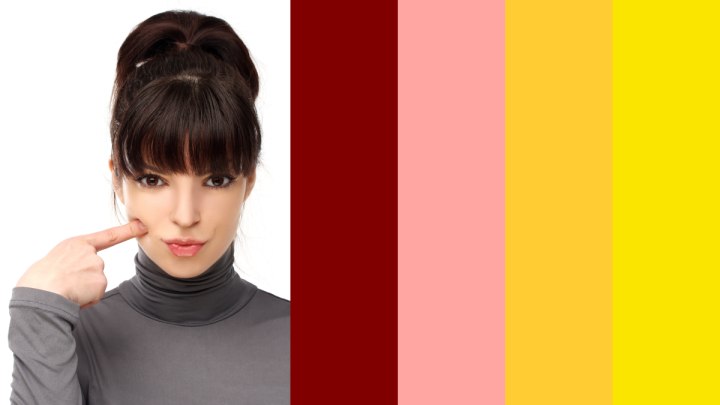Color and Its Influence

For centuries, scientists, artists and scholars have theorized about the influence of color on the human mind and the world around us. As the modern era emerged, scientists have been able to prove some of the claims made, while others remain either unproven, or debunked.
For example, it is a known fact that newborn babies with jaundice can be treated with blue light to eliminate the yellowing. It is also a proven fact that people in rooms with a significant amount of greenery have a higher tolerance for pain and rest better when ill. Studies have shown that exposure to red causes an increase in heart rate and blood pressure. It has also been proven that printed material using black text on a yellow background is more clearly legible and is more readily memorable than any other color combination.
There are also cultural attitudes regarding color. In western cultures black is the traditional color of mourning, while in Asian cultures the color of mourning is white. Western cultures view white as symbolizing purity and hope and is the color traditionally worn by brides, while in eastern cultures red is worn by wedding celebrants because it symbolizes joy and luck. Many eastern cultures would view white as an inappropriate color for a bridal celebration.
Color and Clothing: Affecting Ourselves
Many theories exist regarding the use of color in our attire to affect our moods and attitudes. While there are some specific benefits to different colors, some of the claims attributed to certain colors are not proven scientifically. The following color effects include claims that are scientifically proven as well as those that are merely widely believed:

Red has a stimulating action on the heart and circulatory system. It helps you feel strong and energetic and is associated with vitality and ambition.
Pink is a mixture of red and white, and has a gentler action than red. It is emotionally soothing and calming. It lessens feelings of irritation and aggression. It lessens feelings of loneliness and discouragement and helps us feel less burdened and more nurturing.
Orange strengthens digestion and the immune system. It is a happy color, easing emotions and boosting self -esteem. It creates enthusiasm for life. Orange mixed with white creates tones of apricot and peach which are good for emotional exhaustion.
Yellow strengthens the nervous system. It makes you more clear-headed and alert. It is a happy and uplifting color, allowing clear-thinking for decision making. Yellow will help with an optimistic attitude!
Green helps to regulate circulation. It is the color of the heart, both physically and emotionally. It helps open the heart so we may be more empathetic to those around us. It is often a color we are drawn to when we are under emotional stress, because it promotes relaxation and calmness and soothes the emotions.
Blue light has been shown to lower blood pressure, is anti-inflammatory, and has pain-relieving properties. Blue is very calming and cooling and is associated with a higher part of the brain. It promotes mental control, clear thinking and inspires creative thinking. Very dark blues help us connect to our intuitive and feminine side.
Next Page Last Page